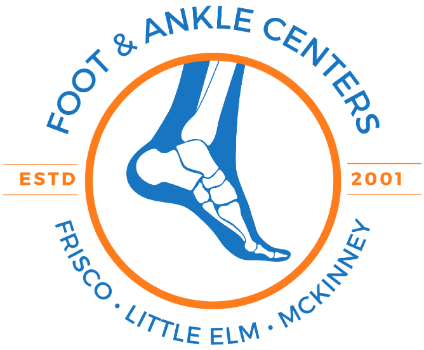Navigating the Challenges of Complex Regional Pain Syndrome
Complex Regional Pain Syndrome (CRPS) affects people of any age and gender but is more commonly seen in women between the ages of 40 and 60. If you experience symptoms of CRPS, our board-certified podiatrists at Foot & Ankle Centers of Frisco, Little Elm, & McKinney in Frisco, Little Elm, and McKinney, Texas, can determine the most effective treatment for you. Our expert podiatry team offers advanced diagnostics and same-day appointments for urgent foot and ankle problems.


Uncovering the Diagnosis of Complex Regional Pain Syndrome
Complex regional pain syndrome (CRPS) is diagnosed based on a combination of medical history, physical examination, and tests.
Your doctor may also order imaging tests such as X-rays, MRIs, or ultrasounds to rule out other conditions and confirm the diagnosis.

